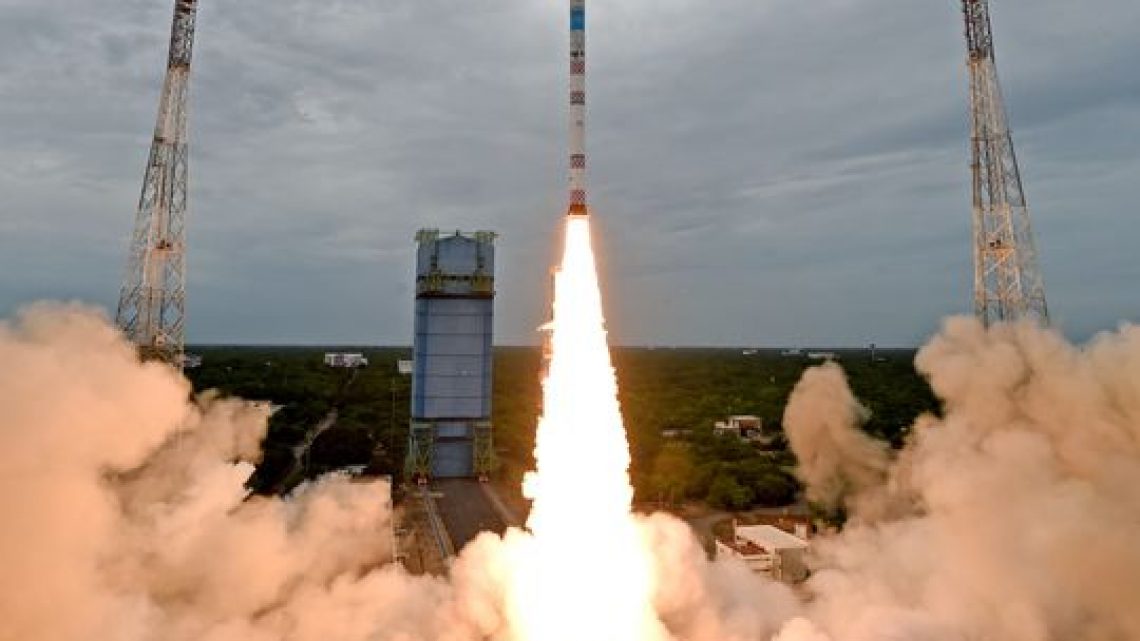
India’s maiden small rocket mission fails to place two satellites in proper orbit
August 8, 2022The maiden mission of India’s brand new rocket, the Rs 560 million Small Satellite Launch Vehicle (SSLV), on Sunday morning ended in a failure.
The failure of a small rocket in ejecting the two satellites into their intended orbit puts the focus on the safety of India’s human space mission that will be carried out by Geosynchronous Satellite Launch Vehicle-Mk III (GSLV-Mk III) with the tricky cryogenic engine stage.
Hours after the SSLV-D1 was launched with two satellites at about 9.18 am, the Indian Space Research Organisation (ISRO) said satellites are unusable as they were put into a different orbit than the intended one.
“All the stages performed normally. Both the satellites were injected. But the orbit achieved was less than expected, which makes it unstable,” ISRO said in a very brief statement about the mission.
“SSLV-D1 placed the satellites into 356 km x 76 km elliptical orbit instead of 356 km circular orbit – 76-km is the lowest point close to the surface of the earth,” ISRO Chairman S. Somanath said.
He said when the satellites are placed in such an orbit, they will not stay there for long and will come down. “The two satellites have already come down from that orbit and they are no longer usable,” Somanath said.
Going forward, a set of experts will look into the failure and identify why it went into an unacceptable orbit. After carrying out the small corrections and revalidation of the corrections, ISRO will go for the next SSLV-D2 launch soon, Somanath said.
Hoping to celebrate in advance the country’s 75th anniversary of Independence in style the ISRO launched its freshly minted rocket Small Satellite Launch Vehicle – Developmental Flight (SSLV-D1).
On its first developmental flight, the SSLV-D1 carried an earth observation satellite-02 (EOS-02), formerly known as microsatellite-2, weighing about 145 kg and the eight kg AZAADISAT built by 750 students of government schools facilitated by SpaceKidz India. About 12 minutes into the rocket’s flight, ISRO announced the separation of EOS-02 and the AZAADISAT.
Soon after that a heavy silence came about with Mission Control Centre at the rocket port here with Somanath announcing: ‘The SSLV-D1 mission was completed. All the stages of the rocket performed as expected. There is some data loss in the terminal stage of the rocket.’ He said that data is being gathered to know the status of the mission.

